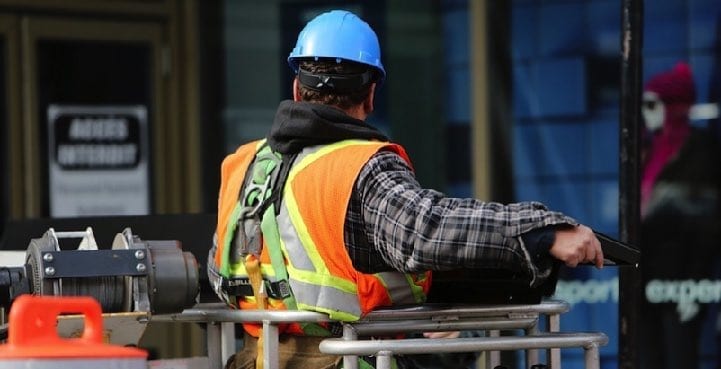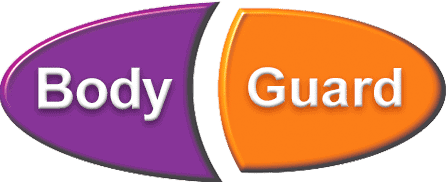The effective management of onsite risk is highly dependant on visibility. If you can’t see or pre-empt a hazard, you can’t manage danger properly. In a way, you’re blind. Even accident prone.
Having visibility puts the power back into your hands. The power to change and adjust your immediate environment so that the people working with you, or around you, can do what they must with confidence and peace of mind.
When you can see danger coming at you, you can get out of its way.
When you can pre-empt a hazard approaching your employees, workers, or even family and friends, you can tell them to get out of the way.
Manual reporting isn’t good enough
If you want true visibility, manual reporting methods don’t work. There are too many human factors involved, too much room for error.
Information exchanged via manual reporting can be diluted or polluted by workers who are afraid — afraid to be punished for not observing safety procedures and protocols. Or afraid simply because they made a mistake and don’t want to look foolish. Information can be forgotten about, hidden or covered up.
Furthermore, information exchanged in this fashion is never immediate. In a worst-case scenario, you may be hearing about accidents well after they’ve happened, giving you no power to take control of a situation.
Manual reporting blurs your visibility and may leave you blind; exactly the opposite of what you want to be.

Automated safety reporting gives you eyes
Automated safety reporting is the key to managing onsite risk. It’s a way of giving yourself onsite visibility so you can manage your environment and your staff better. With the data captured, it puts you in a position of power where you can be proactive in controlling or eliminating onsite risks.
Identify the trends in onsite risk
Automated safety reporting allows you to see your onsite danger trends. How many times has a specific forklift nearly hit a wall? Is there a specific excavator (and operator) that continually enters forbidden areas, taking shortcuts and ignoring safety protocols?
How often does a particular employee enter safety exclusion zones, disrupting vehicular traffic, the flow of work and increasing the risk of fatal collisions?
With automated safety reporting devices attached to vehicles, buildings and people, you can see who is taking dangerous actions and when. You can also see who or what that dangerous action may affect.
Adjust behaviour, enforce compliance
With visibility, you can devise behavioural change methods to curb these dangers.
An excavator is not dangerous by itself. A forklift, a truck or other heavy vehicles are not dangerous in and of themselves. It’s the way they’re operated by workers that makes them dangerous.
With the visibility given by an automated safety reporting system, you will discover who your safety offenders are and who is in compliance with your company’s safety policies.
At the management level, you can implement a reward (or punishment) system to motivate staff to perform their duties in a way that is safe and will see them go home to their families at the end of a day.
In need of greater visibility?
With automated safety reporting, you can see where risks occur, when they happen and how they happen. You can see the recurring patterns and take action to eliminate them.
If you want greater visibility, BodyGuard has some outstanding solutions which are easy to implement and use by your staff.
Get in touch with us. Consultation is FREE.
